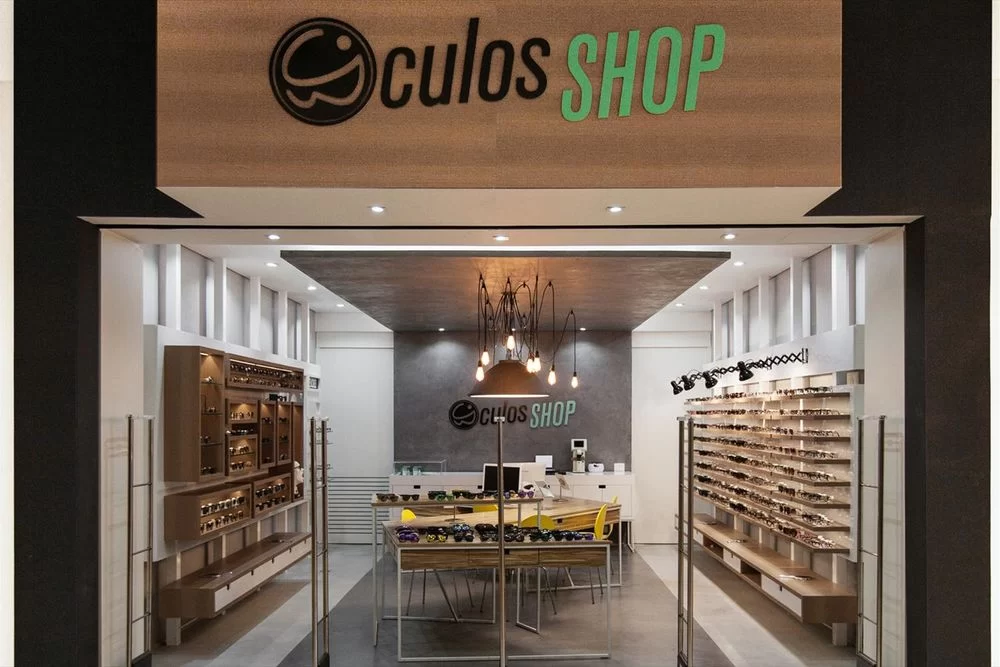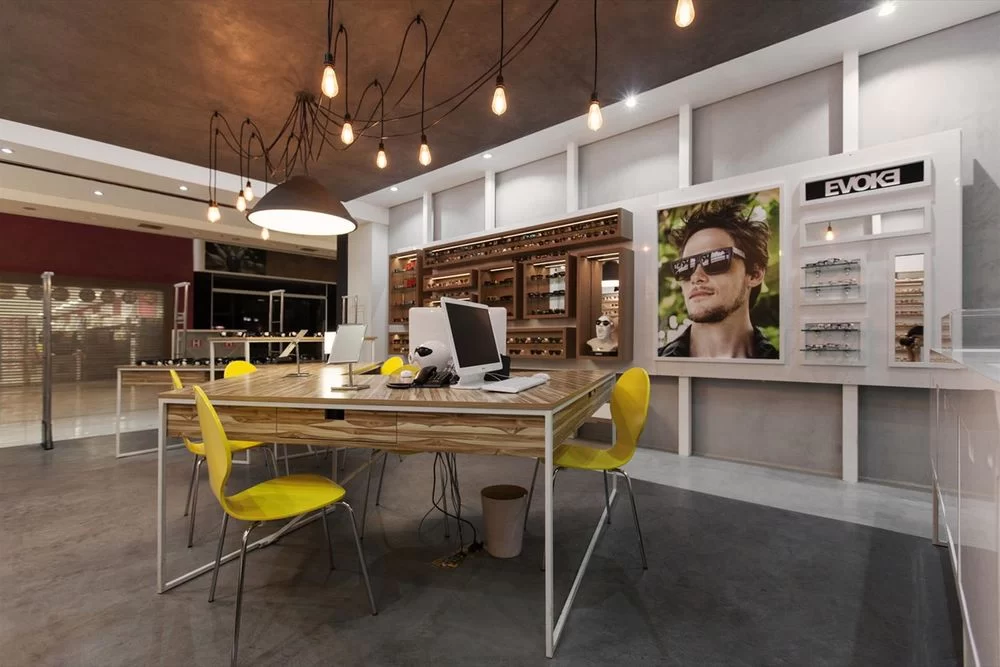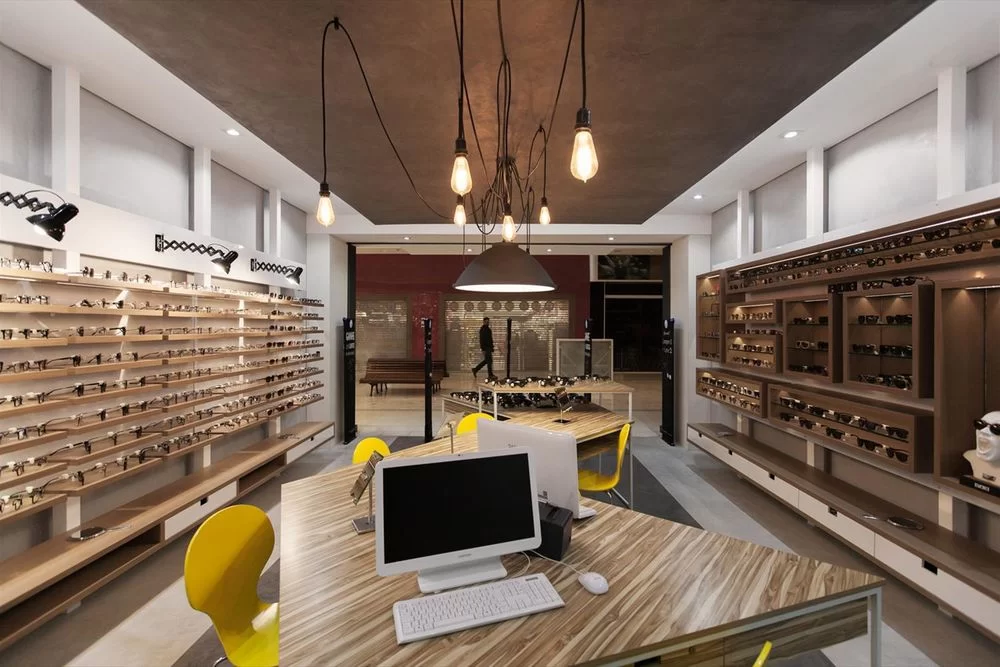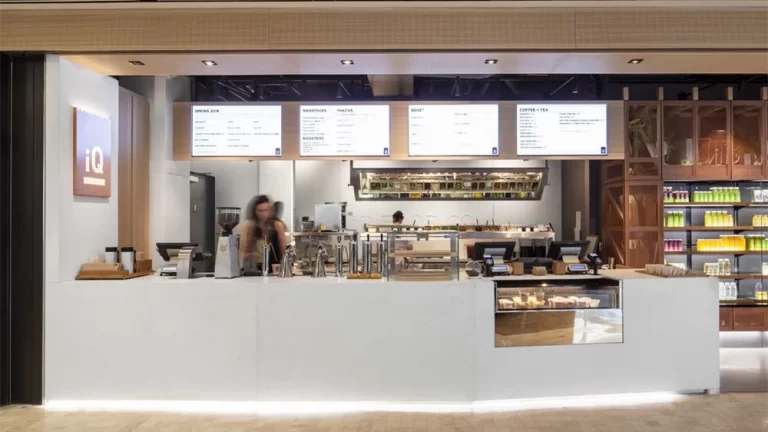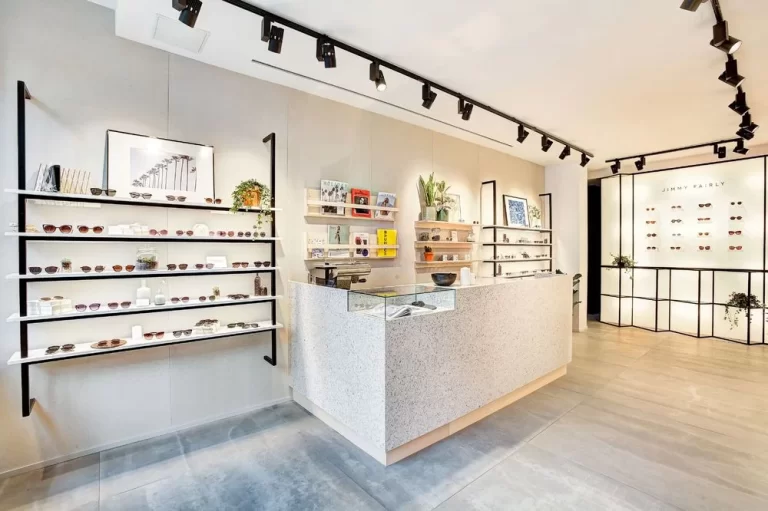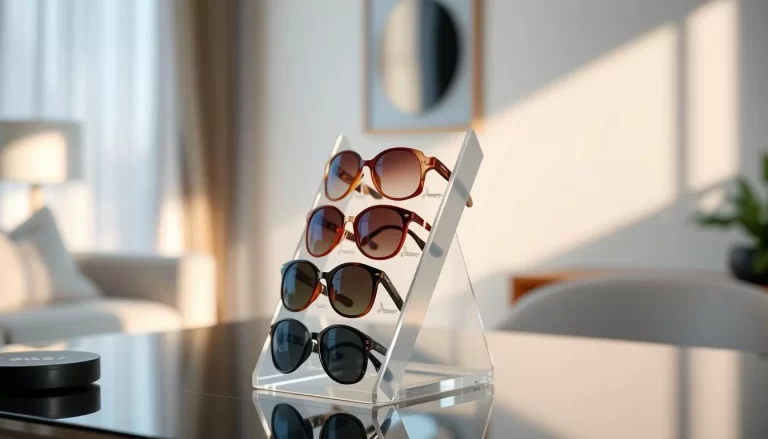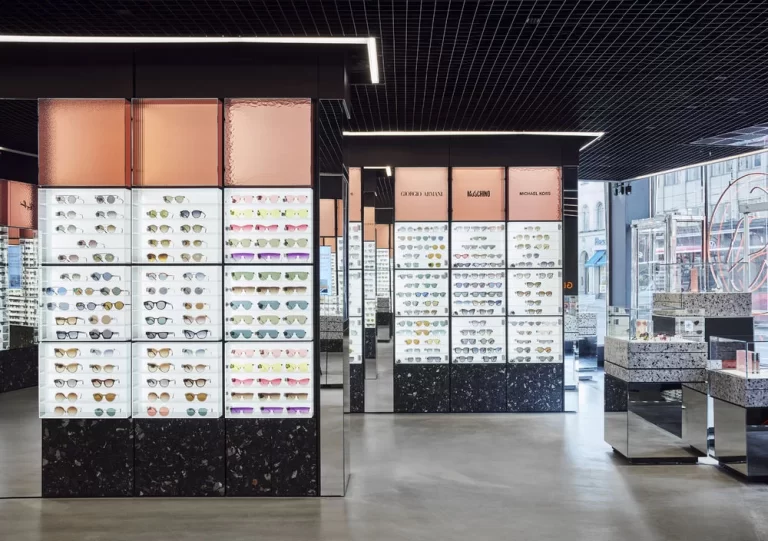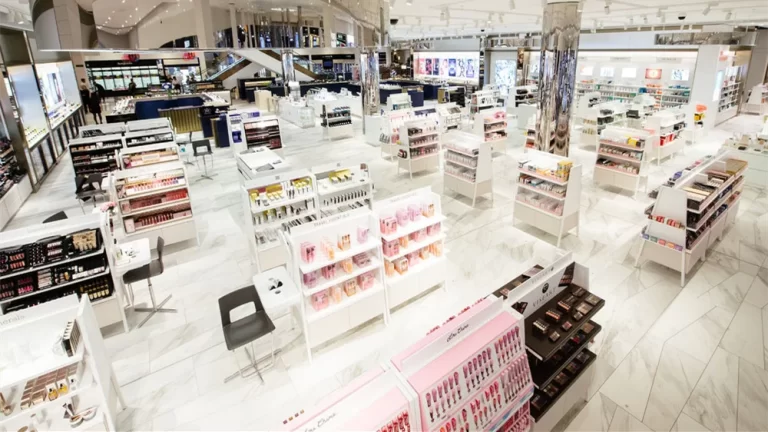Professional Optical Store Display Design: A Guide to Captivating Customers
In the competitive U.S. eyewear market, a well-designed optical store is more than just a retail space—it’s an immersive brand experience. With consumers prioritizing both style and functionality, professional optical store display design plays a pivotal role in attracting customers and driving sales. This guide explores actionable strategies, including modular displays, lighting techniques, and customer-centric layouts, to help entrepreneurs create a store that stands out.
Why Professional Display Design Matters for Optical Stores
The U.S. eyewear industry is projected to grow by 4% annually, fueled by trends like sustainable frames and smart glasses. However, success hinges on more than trendy products. Research shows that 70% of purchasing decisions are influenced by store ambiance and product presentation. A thoughtfully designed optical store:
- Builds trust through professionalism.
- Simplifies navigation for time-strapped customers.
- Highlights premium products with strategic placement.
- Encourages longer browsing sessions.
For example, Mumbai’s Opium eyewear store saw a 30% sales increase after adopting neon-lit modular displays and open-plan zoning.
Key Elements of Professional Optical Store Design
1. Modular Displays: Flexibility Meets Functionality
Modular displays are the backbone of modern optical stores. These customizable units allow retailers to adapt layouts seasonally or for promotions.
Advantages of Modular Systems:
| Feature | Benefit |
|---|---|
| Adjustable Shelving | Accommodates varying frame sizes and styles. |
| Easy Reconfiguration | Update displays for holidays or new collections. |
| Brand Consistency | Integrate logos, colors, and themes seamlessly. |
| Cost-Effective | Reduce long-term expenses vs. fixed fixtures. |
Pro Tip: Combine wall-mounted modular displays with rotating floor units to maximize space efficiency.
2. Lighting: The Secret to Highlighting Products
Lighting shapes a store’s mood and directs attention. For optical stores:
- Soft, Adjustable LEDs: Reduce glare on lenses while illuminating frames.
- Spotlights: Accent premium collections (e.g., luxury sunglasses).
- Neon Accents: Create focal points, like Opium’s green-glowing eyewear stages.
Avoid harsh overhead lighting, which can distort lens colors and deter browsing.
3. Zoning & Traffic Flow
Divide the store into intuitive zones to guide customers:
- Entry Area: Feature trending styles or seasonal promotions.
- Exam Rooms: Use frosted glass or subtle signage for privacy.
- Checkout Counter: Place accessories (e.g., cleaning kits) here for impulse buys.
Ensure aisles are wide enough for wheelchairs and strollers (ADA compliance).
4. Interactive Technology
Engage tech-savvy shoppers with:
- Digital Screens: Showcase frame details, virtual try-ons, or lens options.
- QR Codes: Link to customer reviews or style guides.
- Touchscreen Catalogs: Let users explore inventory without staff assistance.
Step-by-Step Guide to Implementing Modular Displays
Step 1: Assess Your Space & Inventory
- Measure wall and floor space.
- Categorize frames by type (e.g., retro, sports) and price tier.
Step 2: Choose Modular Components
| Component | Best For | Example Use Case |
|---|---|---|
| Wall-Mounted Panels | High-traffic areas | Displaying bestsellers |
| Rotating Towers | Limited floor space | Showcasing luxury brands |
| Pull-Out Trays | Detailed product exploration | Highlighting lens coatings |
Step 3: Optimize for Visual Hierarchy
- Place high-margin items at eye level (55–65 inches).
- Group frames by color or use case (e.g., “Work” vs. “Weekend”).
Common Questions About Optical Store Displays
Q1: How much does a modular display system cost?
A: Basic setups start at 10,000–$30,000.
Q2: Can modular displays work in small stores?
A: Yes! Wall-mounted units and vertical towers save space without sacrificing style.
Q3: How often should displays be updated?
A: Refresh layouts every 6–8 weeks to align with trends and inventory changes.
Conclusion
Professional optical store display design is a blend of art and strategy. By leveraging modular displays, smart lighting, and interactive tech, retailers can create spaces that delight customers and drive loyalty. Remember:
- Prioritize flexibility to adapt to market shifts.
- Use lighting to enhance—not overpower—product appeal.
- Align every design choice with your brand’s story.
With these insights, your optical store can become a destination where customers don’t just shop—they experience your vision.

